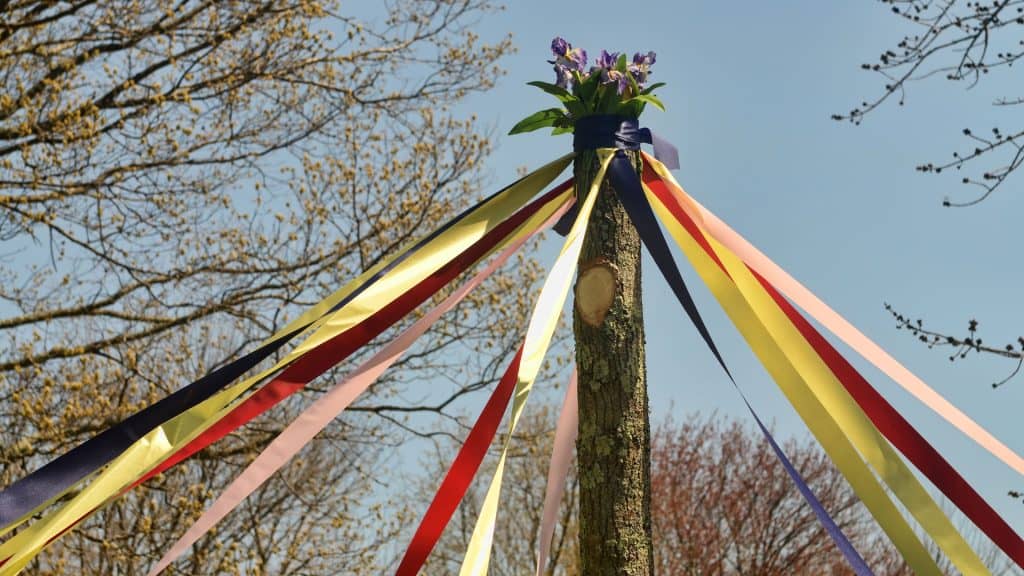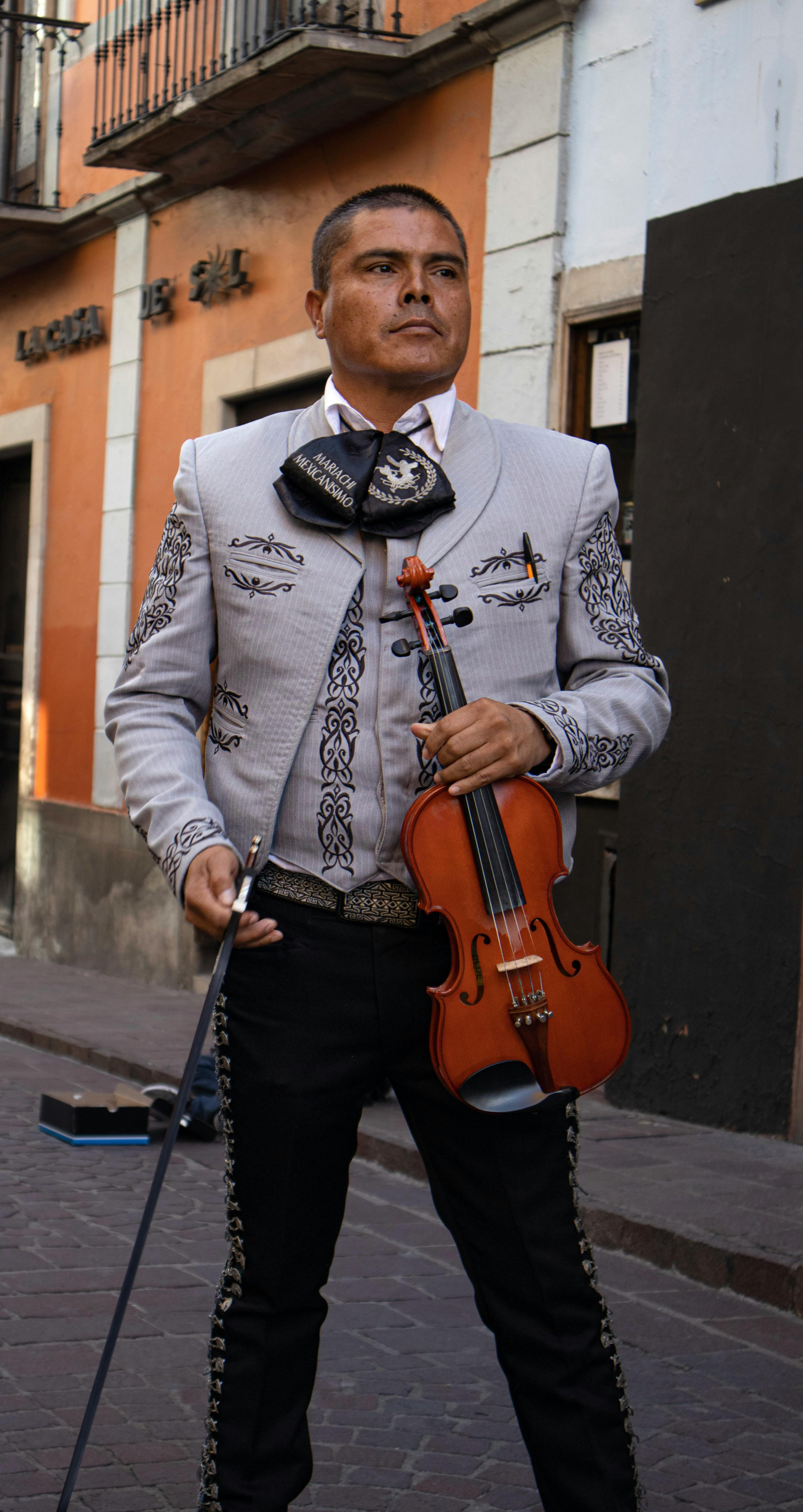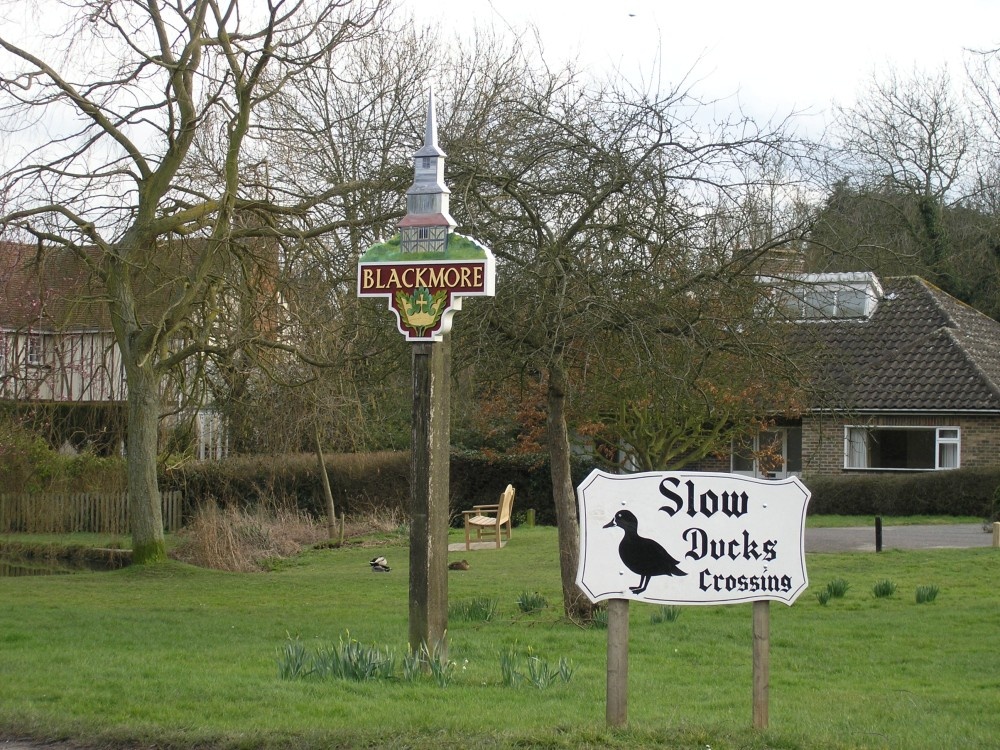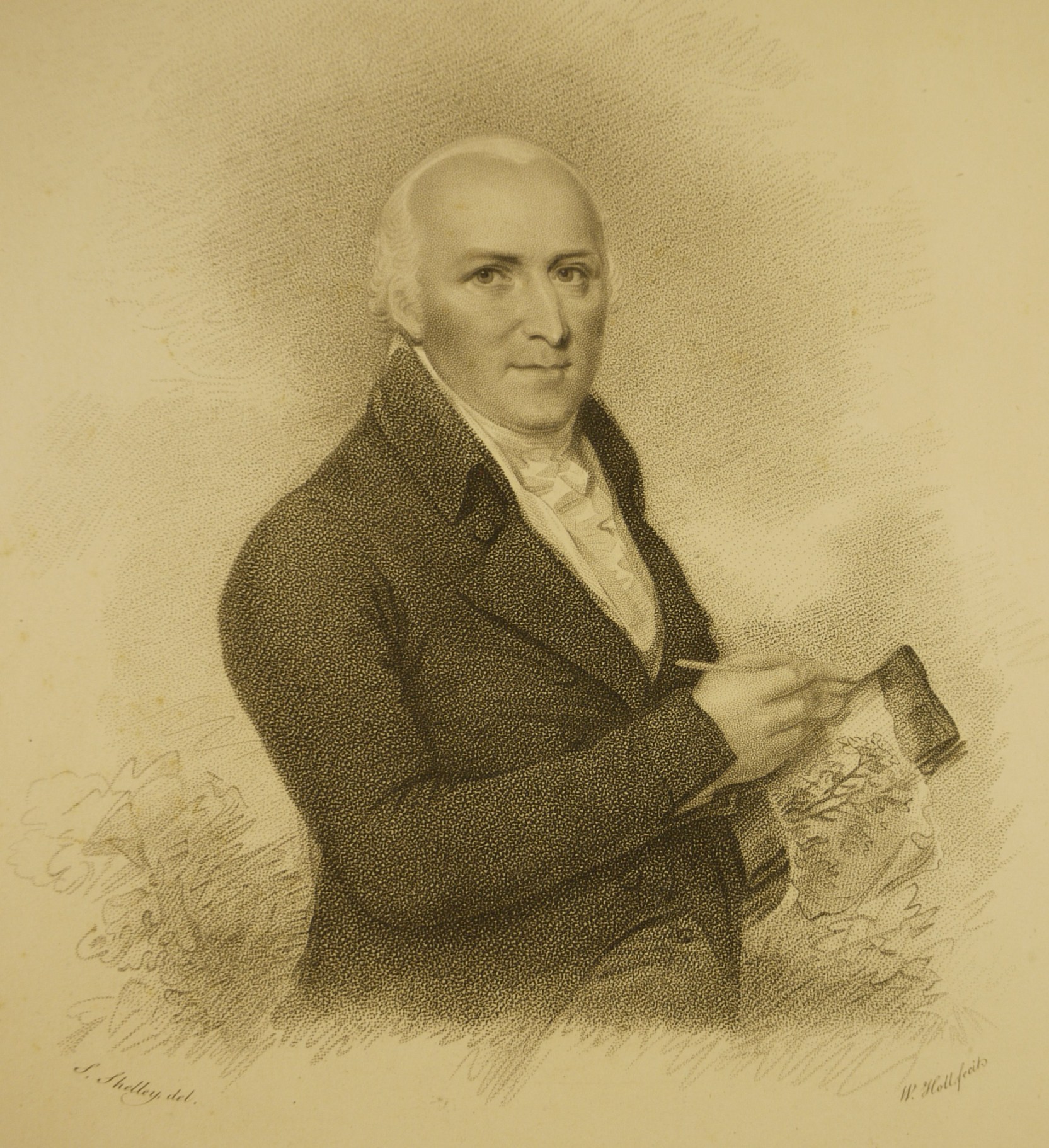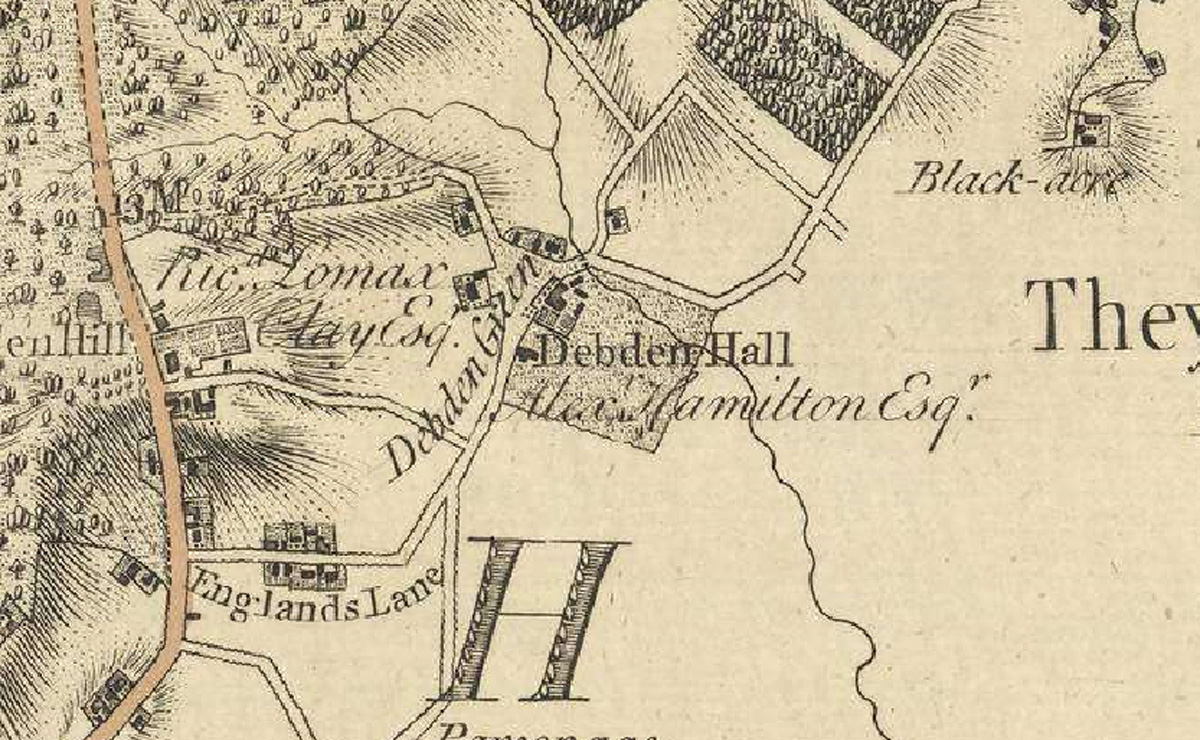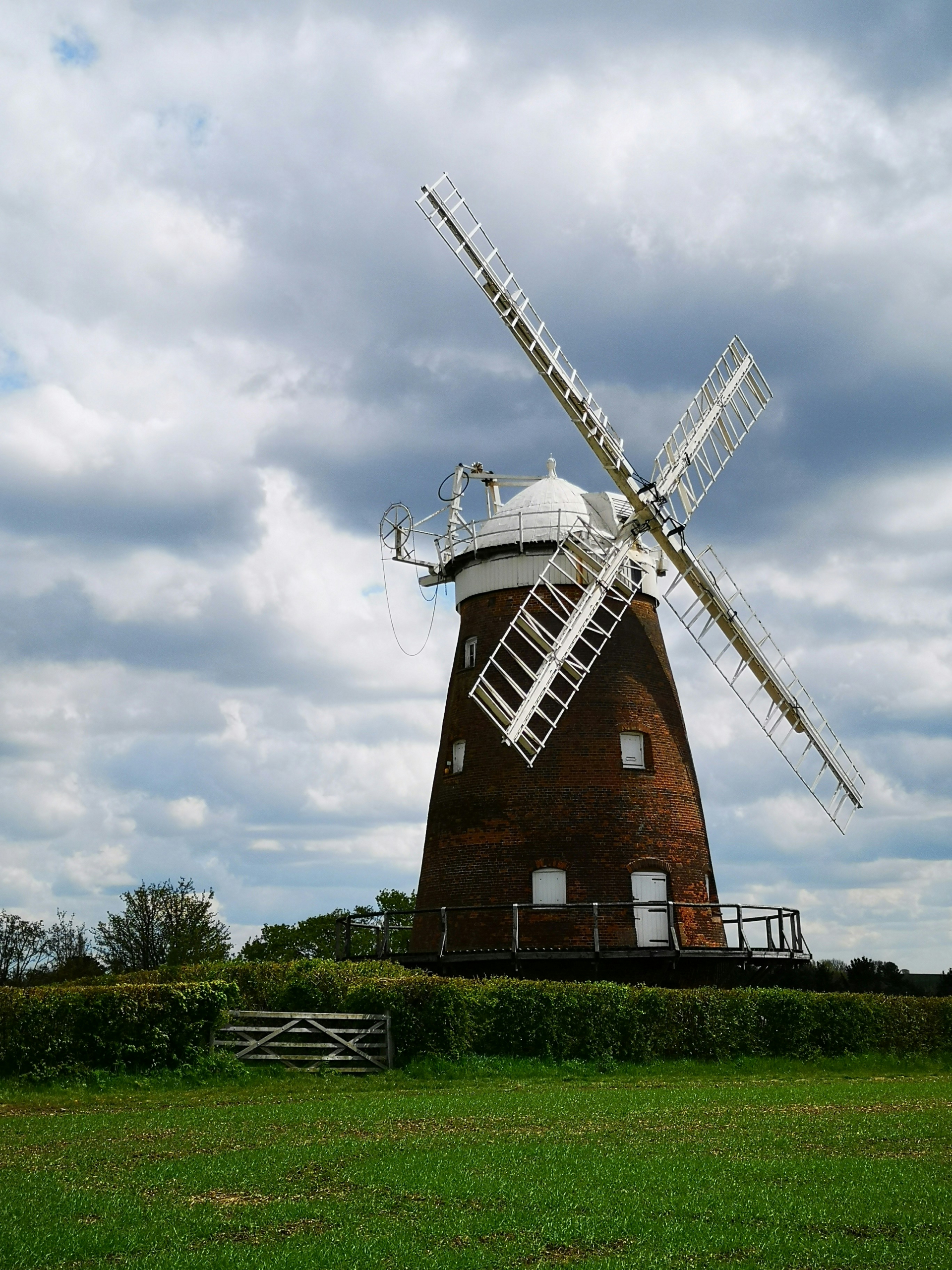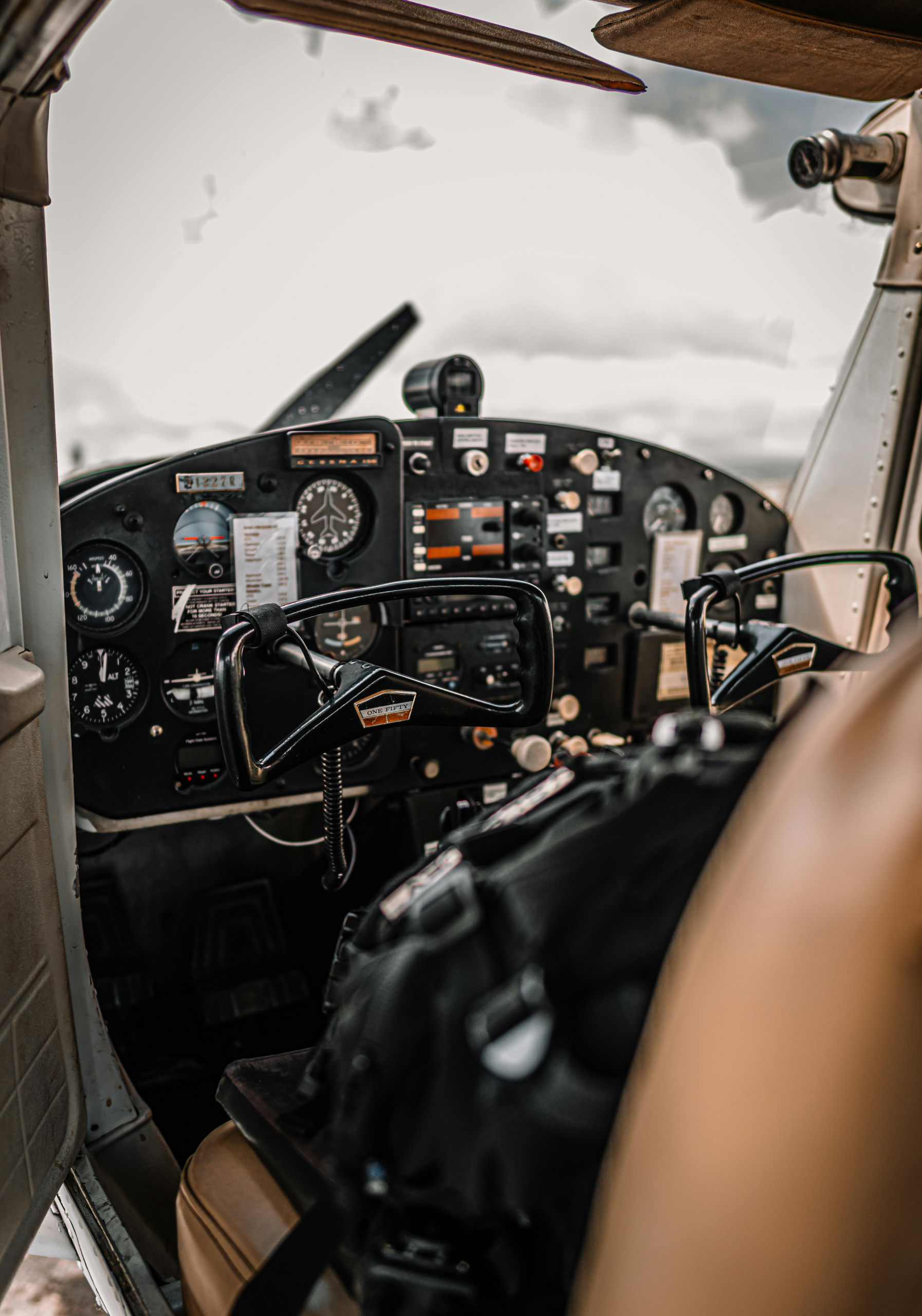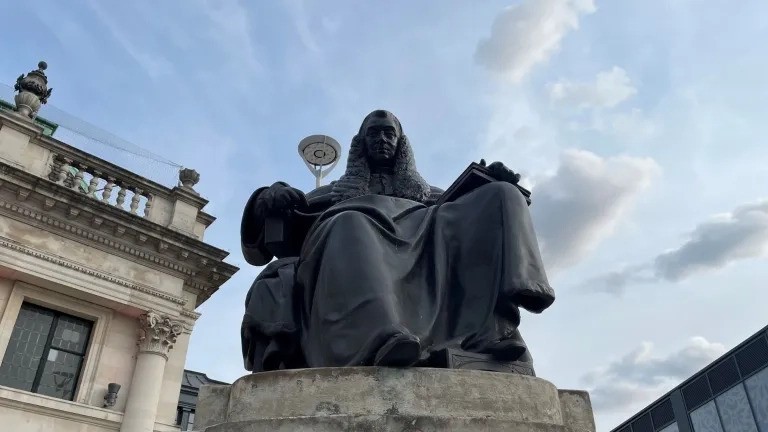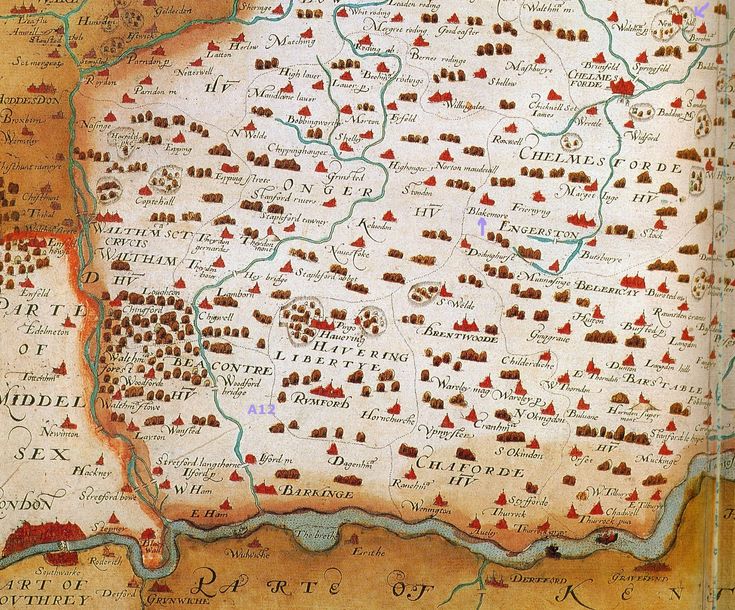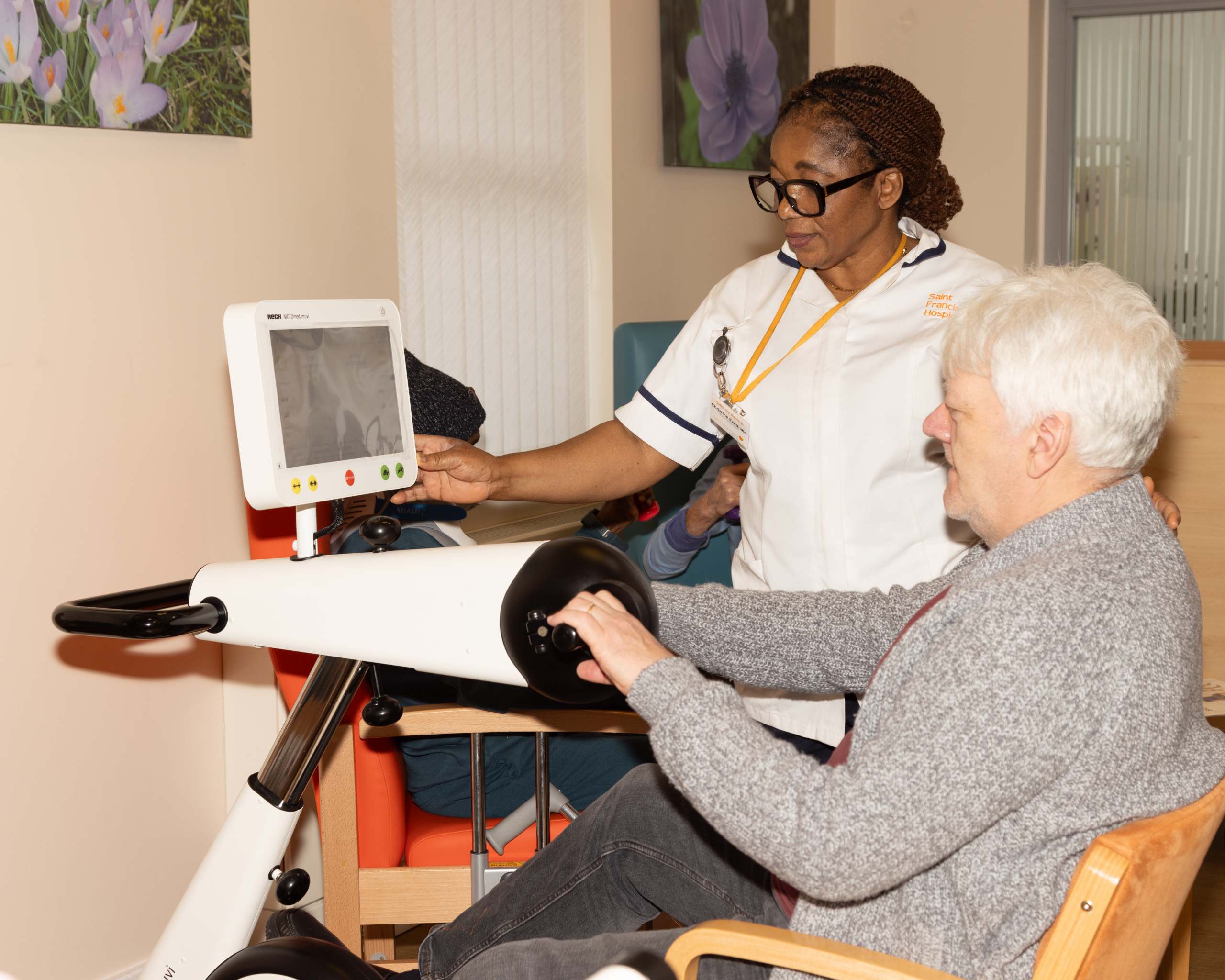I was joined once again today by MIKE DAVIES from the Rayleigh Town Museum who took us on a journey through the years along the A127, a road which is pretty familiar to us all.
What you may not know is that when first built, it was the first road in the country designed specifically for motor vehicles.
Originally the brainchild of the then Prime Minister, Lloyd George to provide work for those just returning home following the ending of the First World War, it was commissioned in 1920 with work commencing on the first 7 miles on the 8th December 1921.
The whole concept, however attracted opposition from a number of sources, not least the MP for West Ham who derided the whole project as misplaced use of money, suggesting that the money could have been better used to improve links to Silvertown docks, rather than to a place he described as Southend-on-the-Mud.
However it seems that Southend got in first by providing a £100,000 grant as they believed that the investment would not only attract visitors to the town, but also encourage businesses to re-locate to Southend and thus provide job opportunities. As the cost of the road eventually reached £1.25m, it turned out to be a pretty good investment.
By 1947 Southend Council’s dreams finally started to bear fruit when work on the area’s first industrial estate at Progress Road started, eventually attracting companies such as Mercedes Benz, MK Electric and JEGS to the area.
There were actually 4 ribbon cutting ceremonies between June and September 1924 but the first official opening ceremony was held on the 25th March 1925, by Prince Henry, later to become Duke of Gloucester. The prince then drove sedately from Wansted to Southend where he was greeted by the mayor, Mr R Tweedy Smith.
As a direct result of this, part of the road leading into Southend was re-named Prince Avenue.
By this time it was already England’s longest new road built since Roman times, although only the 25 foot wide southern carriageway had been constructed.
During the second world war there was a top secret project to lay a pipeline under the central reservation which may have been used to supply fuel to D-Day convoys assembling off Southend pier.
And the A127 was also used to store vehicles and equipment.
Construction of what until 1997, had been designated a “trunk road”, was far from easy and had to be built largely by hand. The exception was the section just to the west of Rayleigh Weir which involved the digging of a 34 foot deep chase using steam diggers which removed some 160,000 cubic yards of clay.
Rayleigh Weir itself started out as no more than a road junction in 1925, but with increasing traffic volumes, a roundabout arrived in 1967 to be replaced between 1989 and 1992 by the underpass which is there today.
A heritage plaque was unveiled on the 29th November 2010 close to the entrance of the Rayleigh Weir public house.
You can listen here in more detail of the revelations uncovered by Mike : –
In the second hour today we had a much more unconventional tale to relate.
It seems that a woman tried to take a box of giraffe poo into the US with the intention of turning it into a necklace.
The woman from IOWA told customs officers at Minneapolis-Saint Paul Airport in Minnesota, that she had collected the poo whilst on a trip to Kenya having previously made a necklace from moose faeces.
I’m sure it would have smelt lovely, especially for anyone planning to kiss her neck!
Giraffe poo can be taken into the US, but only with the proper permits and inspections, which she clearly did not have, resulting in the seizure and destruction of this package.
It seems that this woman might well have contracted a disease such as African swine fever, classical swine fever, Newcastle disease, foot-and-mouth disease and swine vesicular disease, from the completed jewellery, bugs which are endemic ailments in Kenya.
Seems like anyone who might have got close to her has had a pretty close shave!
I look forward to having your company again tomorrow,
Scott

















